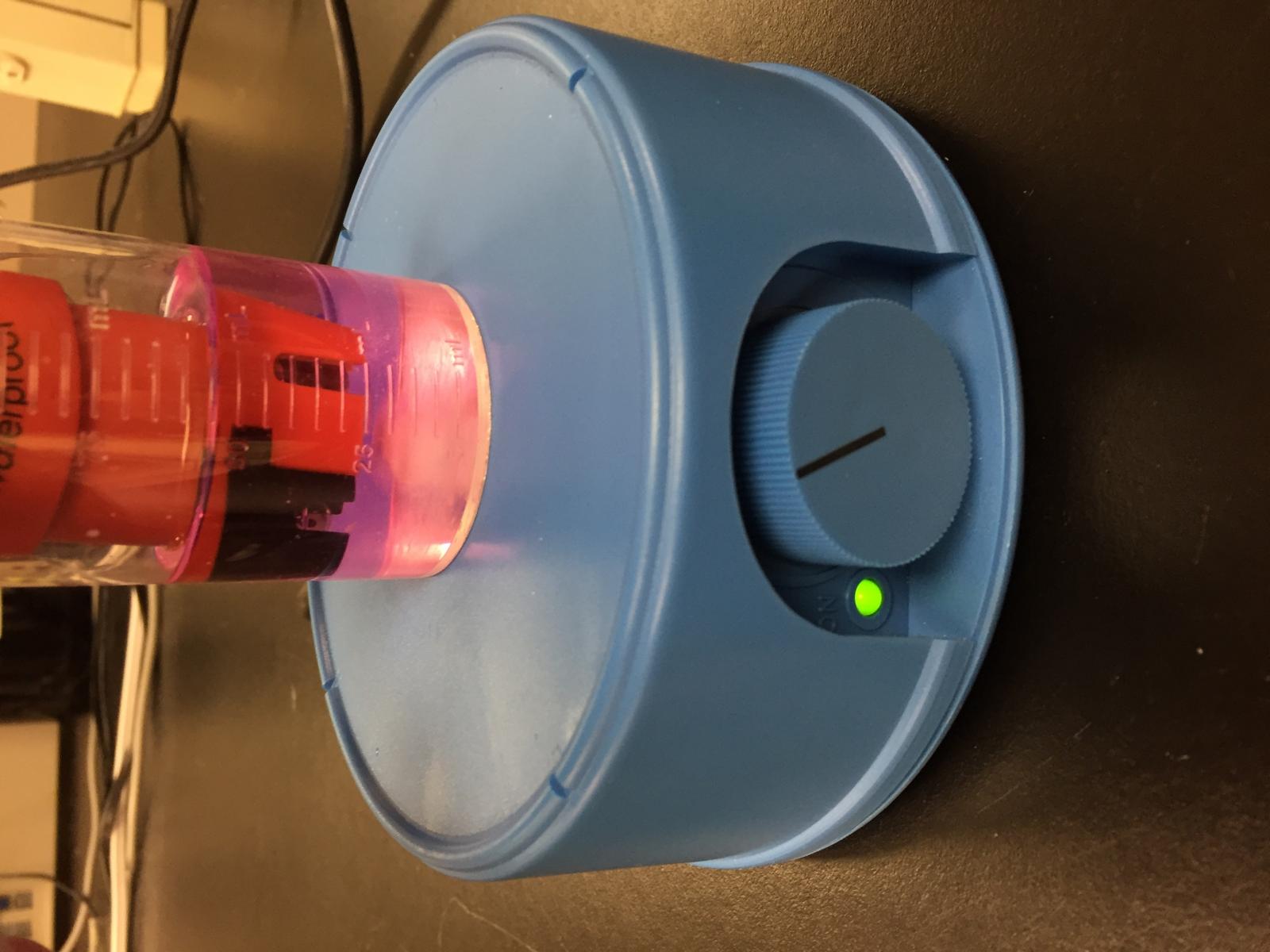Long time brun'water user, first time pH meter user.
A bit over a year ago i got a Hanna 98128 meter along with storage solution, and 4.01 and 7.01 buffers. Everything has been unopened/sealed and kept cool/dark since i got it.
Yesterday (>24h ago now) i took the meter out, rinsed it off, and then filled the cap with storage solution to rehydrate the sensor. This morning i changed the solution and let it sit for another 6h or so.
Just now I poured myself about 50-75mL each of the buffers and i've been trying to run the calibration procedure. When i do this it first asks for the 7.01 buffer, and about a minute later accepts in and then asks for the 4.01 buffer. About another minute later it accepts the full 2-pt calibration. Now as the meter sits in the 4.01 buffer the measurement drifts down to 3.94 over the course of a few minutes. If i clean it/rinse it and take it back to the 7.01 buffer i'm reading about 7.03 after several minutes. If i clean/rinse and go back to the 4.01 buffer its reading 3.94 again.
If i do single point calibrations after its been sitting for several minutes it measures exactly the buffer value, but the other buffer measures off by almost 0.1
I would have expected no more than +/- 0.01 readings from 4.01/7.01 going back and forth between the buffers since it was just calibrated in them.
Any idea what is going on here?
A bit over a year ago i got a Hanna 98128 meter along with storage solution, and 4.01 and 7.01 buffers. Everything has been unopened/sealed and kept cool/dark since i got it.
Yesterday (>24h ago now) i took the meter out, rinsed it off, and then filled the cap with storage solution to rehydrate the sensor. This morning i changed the solution and let it sit for another 6h or so.
Just now I poured myself about 50-75mL each of the buffers and i've been trying to run the calibration procedure. When i do this it first asks for the 7.01 buffer, and about a minute later accepts in and then asks for the 4.01 buffer. About another minute later it accepts the full 2-pt calibration. Now as the meter sits in the 4.01 buffer the measurement drifts down to 3.94 over the course of a few minutes. If i clean it/rinse it and take it back to the 7.01 buffer i'm reading about 7.03 after several minutes. If i clean/rinse and go back to the 4.01 buffer its reading 3.94 again.
If i do single point calibrations after its been sitting for several minutes it measures exactly the buffer value, but the other buffer measures off by almost 0.1
I would have expected no more than +/- 0.01 readings from 4.01/7.01 going back and forth between the buffers since it was just calibrated in them.
Any idea what is going on here?

























![Craft A Brew - Safale BE-256 Yeast - Fermentis - Belgian Ale Dry Yeast - For Belgian & Strong Ales - Ingredients for Home Brewing - Beer Making Supplies - [3 Pack]](https://m.media-amazon.com/images/I/51bcKEwQmWL._SL500_.jpg)

































